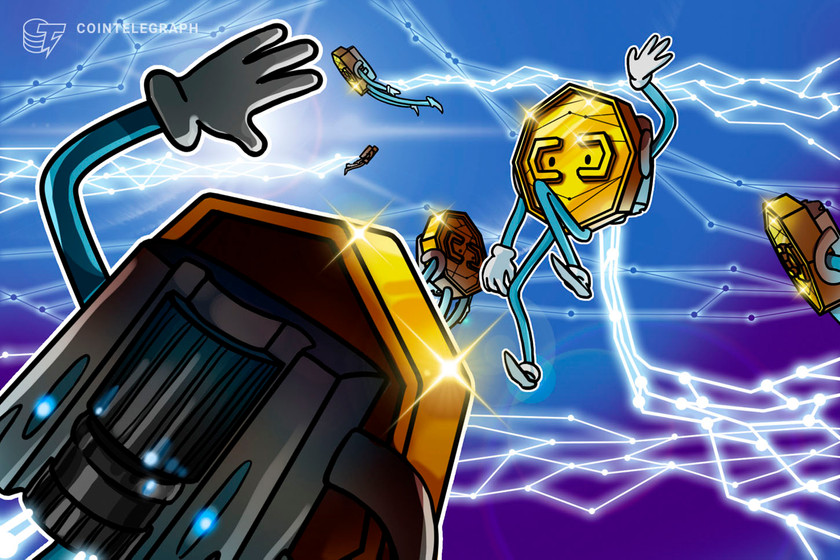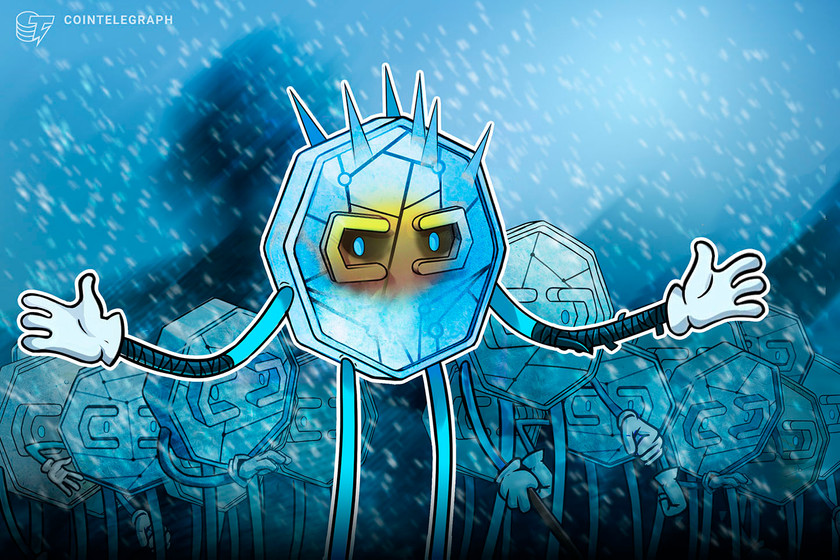Institutional appetite continues to grow amid bear market — BitMEX CEO


Institutional appetite for Ethereum will grow now that the network is ESG compliant, according to the BitMEX boss.
In a recent interview, BitMEX CEO Alexander Höptner shared his thoughts about institutional investors who, in his view, still have an appetite for crypto and Ethereum.
Speaking at the Token2049 conference in Singapore on Sept. 28, the crypto executive told Cointelegraph that there has not been a “single slowdown of institutional push into crypto” during this bear market.
He added that institutions and finance industry players typically use bear markets for innovation. There is a lot more pressure to deliver in a bull market, but bear markets offer the luxury of more time.
Höptner also commented that adoption for the finance industry has a long horizon which is why institutions will be buying and holding crypto assets while the opposite can currently be said for the retail sector.
When asked whether institutions or retail will end the bear market he said that retail is still pulling out whereas institutions are still making a push, before adding:
“I think that the institutions are making themselves ready now to provide the services and retail will come back and push it up again.”
The BitMEX boss is also convinced that institutions will start piling back into Ethereum now that it has switched to proof-of-stake and satisfies the Environmental, Social and Governance (ESG) concerns.
“Ethereum is the ideal protocol to build stuff on,” he commented before adding “this is the ideal public event to build financial products for ESG conformity,” in reference to the recently deployed Merge.
At the moment, ESG conformity is paramount, he said, adding that institutions “can offer products that are really for a wide audience once again while checking one of the boxes that they have for their compliance.”
Related: Three-quarters of institutions to use crypto in the three years: Ripple
The $3,000 figure was mentioned regarding Ether (ETH) prices by year-end, and Höptner sees this as a possibility, especially now that the network is more environmentally friendly and big banks are using it. At the moment, ETH is trading up 3.8% over the past 24 hours at $1,336, so it has a long way to go in the next three months.
Last week, Cointelegraph reported that liquid staking products such as Lido’s Staked Ether (stETH) are more profitable and capital efficient than holding regular ETH. As such, they will increase in popularity while hodling ETH could become obsolete.













